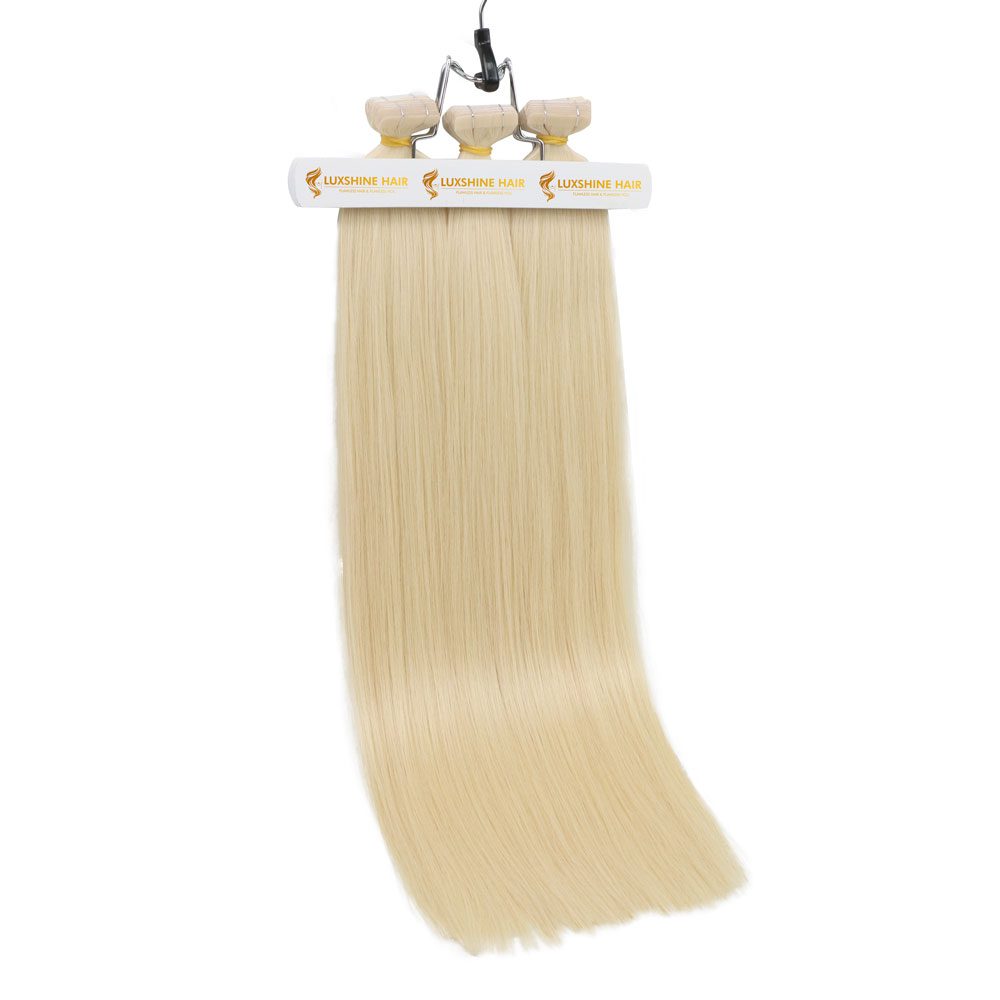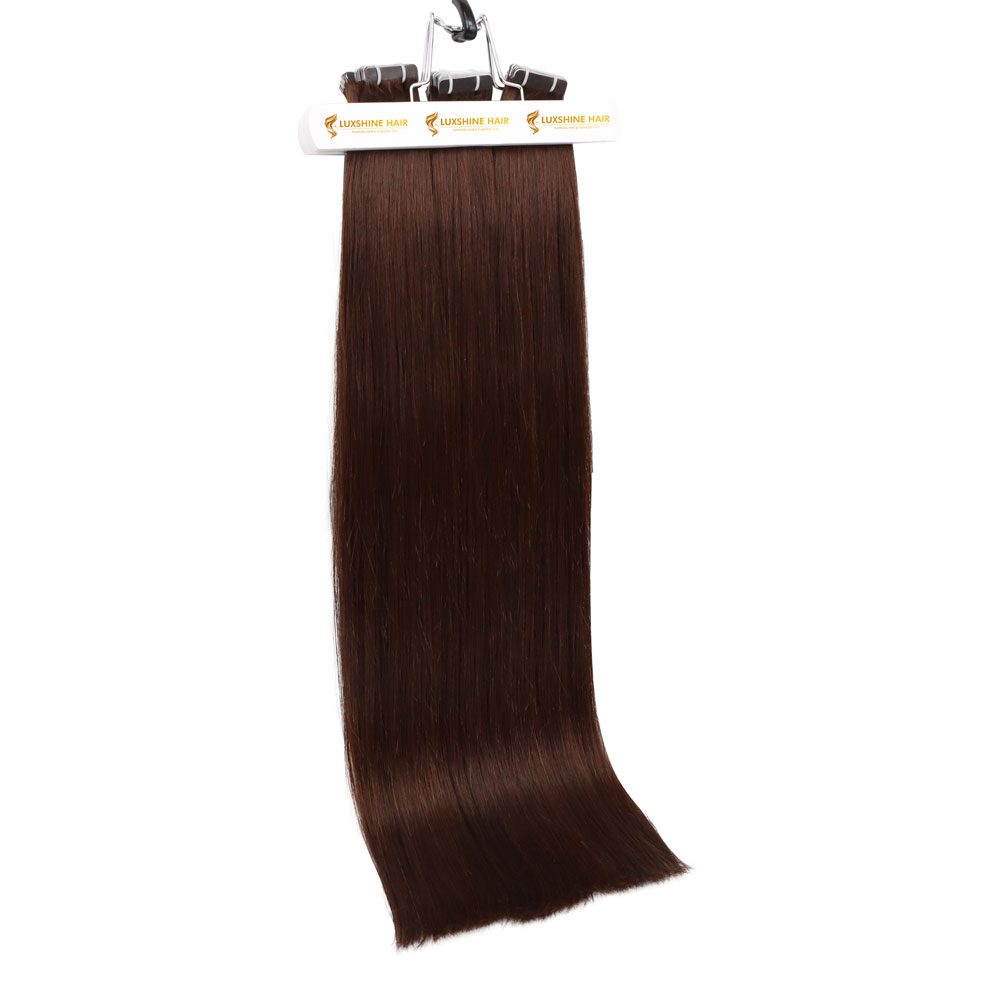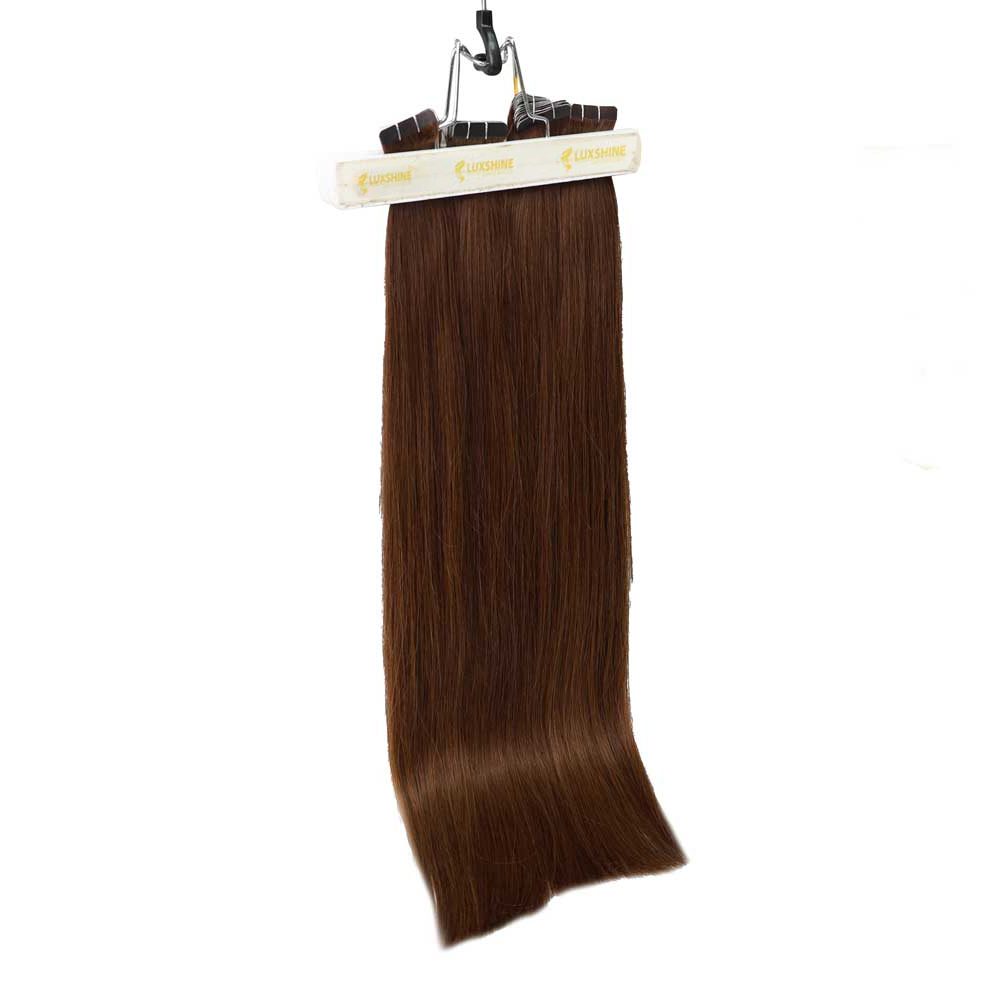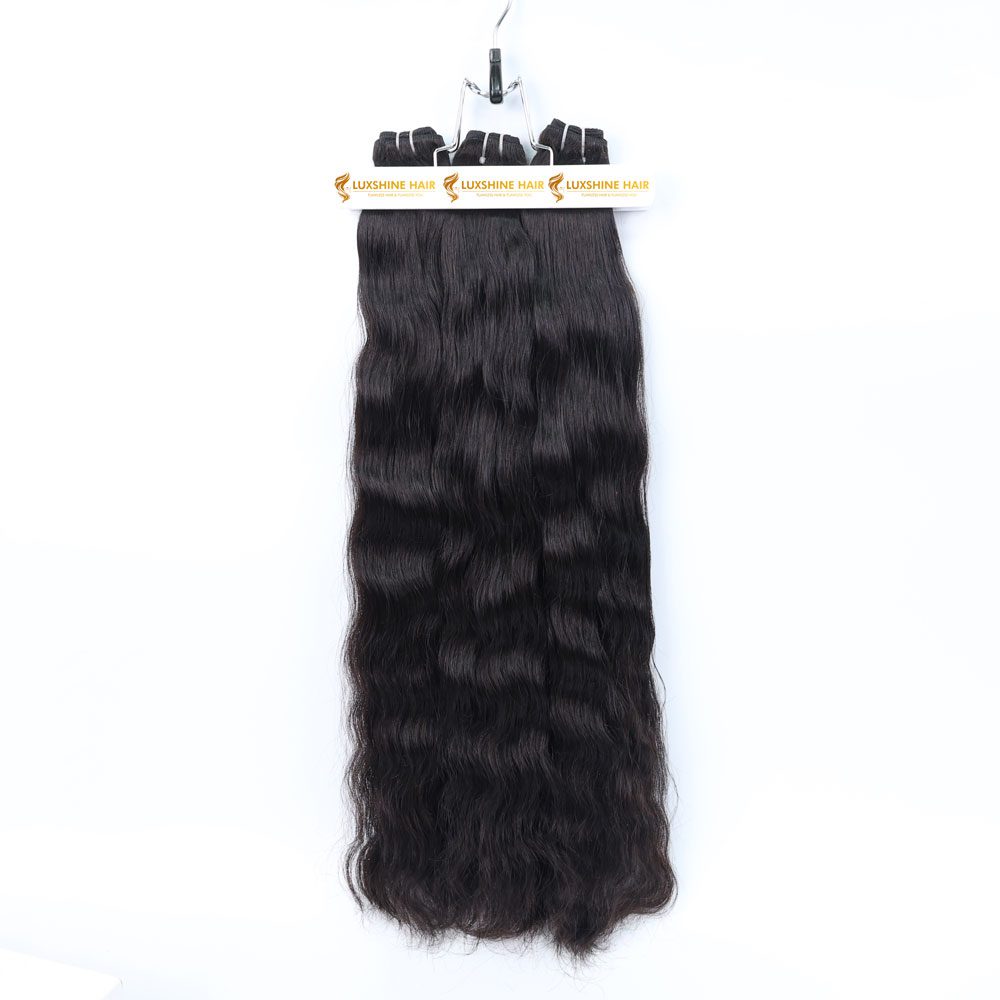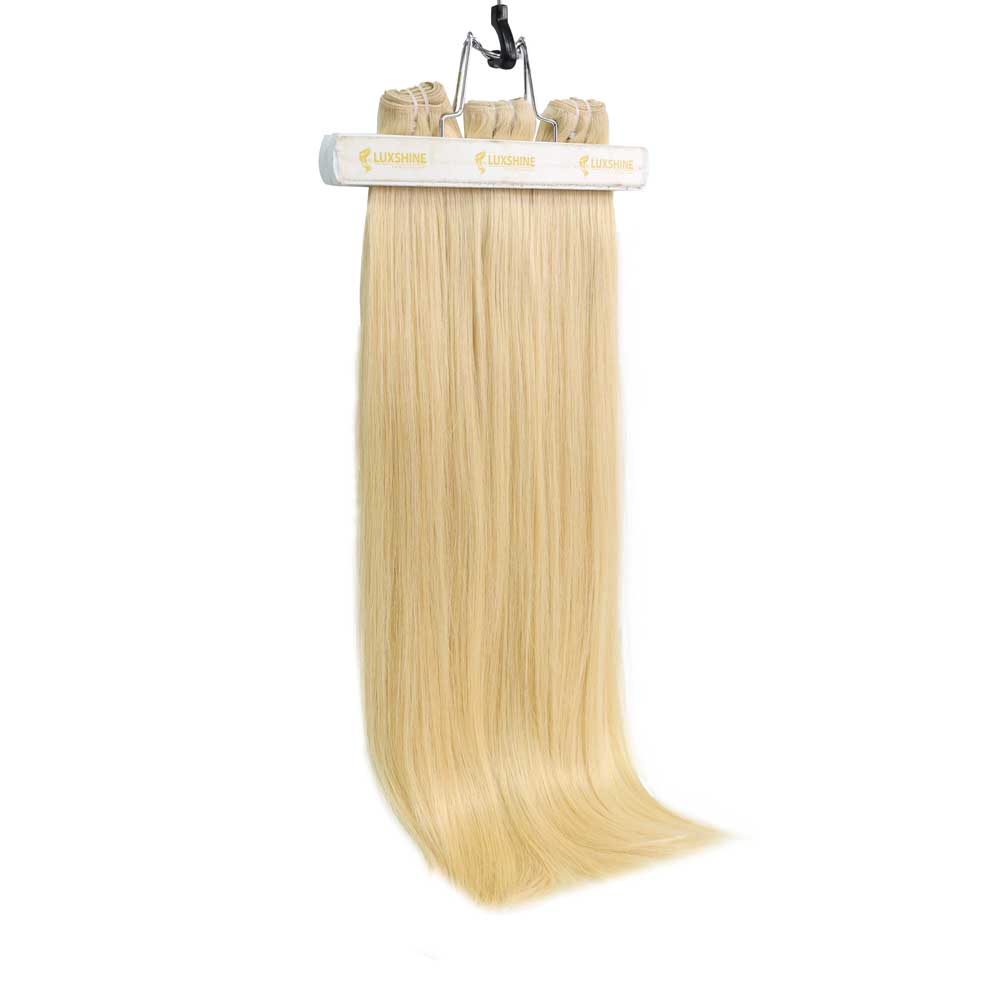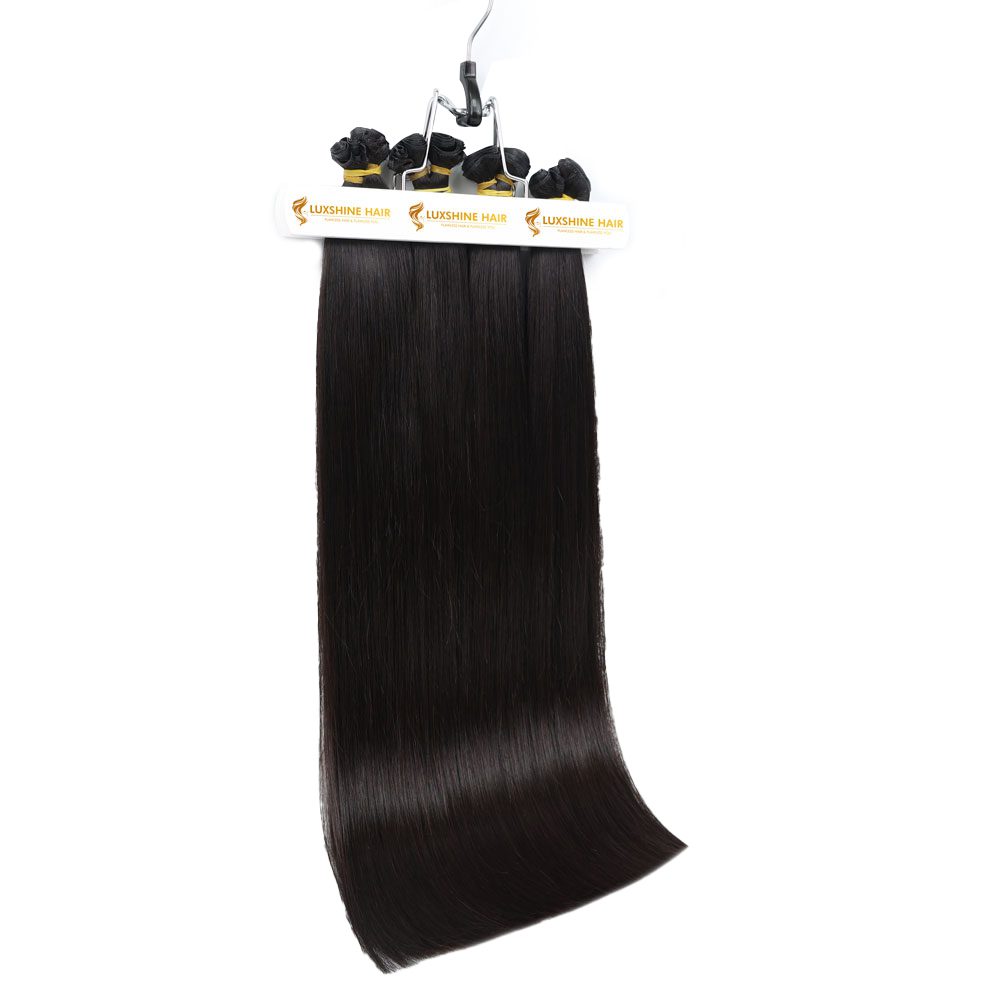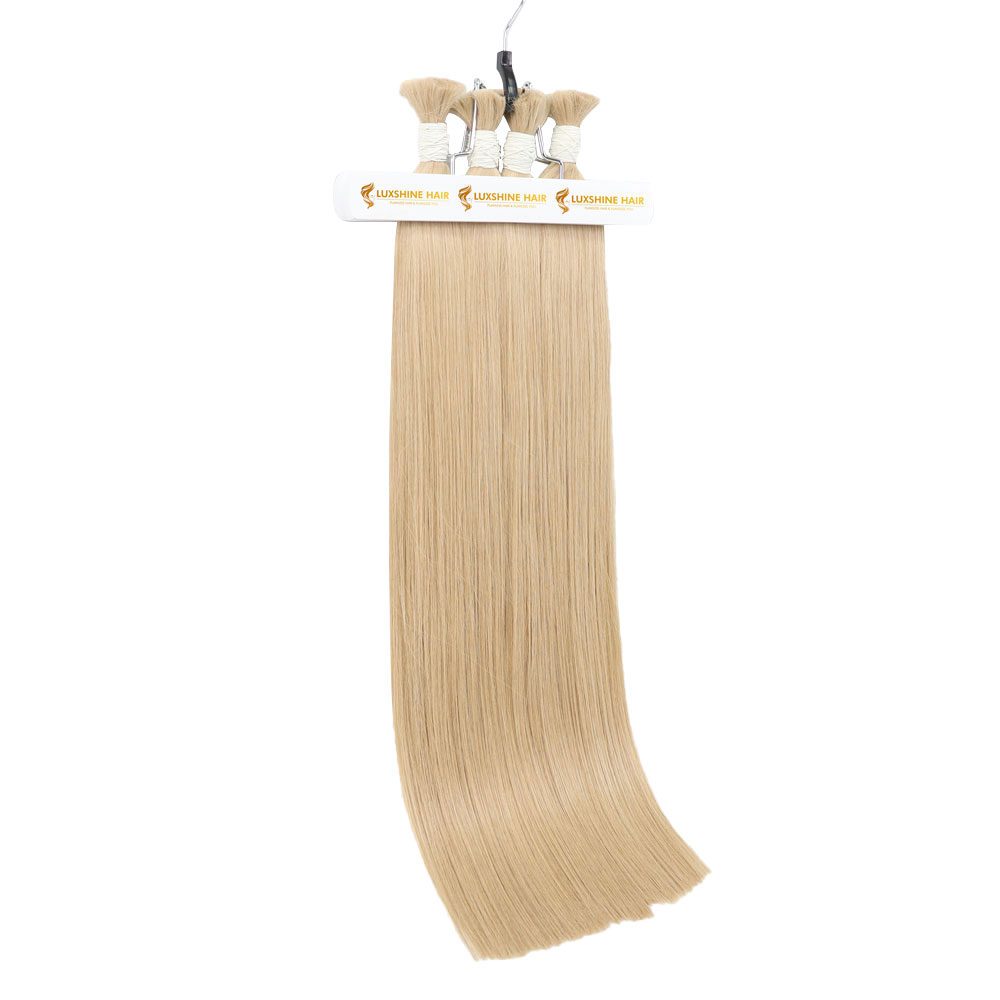Are you tired of seeing your hair everywhere—on your pillow, in the shower, or even at your desk? Hair shedding can be incredibly frustrating, but with the right knowledge and tools, you can take control. In this guide, we’ll explore practical tips and natural remedies on how to stop shedding hair. By understanding the causes and implementing the strategies below, you’ll be well on your way to healthier, more resilient hair.

Understanding Hair Shedding
Hair shedding is a natural process. On average, we shed 50 to 100 hairs daily as part of the normal hair cycle. However, when shedding becomes excessive, it may indicate a need for more targeted care. Not to be confused with hair loss, which results in permanent thinning, hair shedding is typically temporary and can be controlled.
The key to managing hair shedding lies in understanding its causes and addressing them effectively. In this guide, we’ll cover everything from lifestyle tips to natural remedies on how to stop shedding hair and keep your locks looking vibrant.

Causes of Hair Shedding
Understanding what causes hair to shed is the first step on how to stop shedding hair effectively. Hair shedding can be triggered by several factors, from hormonal changes to lifestyle habits.
Natural Cycles vs. Abnormal Shedding
Every strand of hair goes through a life cycle that includes a growing phase, resting phase, and shedding phase. However, certain factors can push more hair follicles into the shedding phase at once: Telogen Effluvium: This is a condition where more hair than usual enters the resting (telogen) phase, causing noticeable shedding. It can be triggered by stress, illness, or hormonal shifts, but it’s usually temporary.

Internal Causes: Hormones, Diet, and Stress
- Hormonal Changes: Hormones play a significant role in hair health. Hormonal imbalances due to pregnancy, thyroid conditions, or menopause can disrupt the natural hair cycle, leading to more shedding.
- Nutritional Deficiencies: Hair needs certain nutrients like protein, iron, zinc, and vitamins (B and D) to grow strong. Deficiencies in these nutrients weaken hair follicles and cause hair to shed more easily.
- Stress: Elevated stress levels can push hair into the resting phase, leading to shedding. Managing stress is crucial to stopping hair shedding naturally.

External Causes: Haircare Habits and Environmental
- Harsh Styling Practices: Excessive use of hot tools, hair coloring, and tight hairstyles like ponytails and braids can weaken hair strands and cause shedding.
- Environmental Factors: Exposure to pollution, UV rays, and hard water can damage hair cuticles, making hair more prone to shedding.

See more: Can You Straighten Hair Extensions?
How to Stop Shedding Hair Naturally
Looking for a natural approach? Here are some tips on how to stop hair from shedding naturally through diet, stress management, and home remedies.
Optimize Your Diet for Healthier Hair
A balanced diet with the right nutrients is crucial in supporting hair health.
- Protein-Rich Foods: Hair is primarily made of protein, so incorporating sources like lean meats, fish, eggs, and beans can strengthen hair.
- Iron and Zinc: Both iron and zinc are essential for hair growth. You can find iron in spinach, red meat, and beans, while zinc can be obtained from nuts, seeds, and whole grains.
- Vitamin-Rich Foods: Vitamins, particularly B and D, are essential for a healthy scalp and hair. Vitamin B complex (found in foods like eggs and dairy) supports hair health, while vitamin D, which you get from sunlight and fortified foods, strengthens hair follicles.

Manage Stress
High stress levels can contribute to hair shedding, so stress management is key.
- Mindfulness and Meditation: Practicing mindfulness or meditation can help reduce cortisol, the hormone released during stress, which can disrupt hair growth.
- Regular Exercise: Exercise can improve blood flow, including to your scalp, which helps nourish hair follicles.

Use Natural Oils and Remedies
Incorporating natural oils into your routine can help strengthen hair roots and reduce shedding. This is a must-have way you should try on how to stop shedding hair.
- Coconut Oil: Coconut oil is known for its nourishing properties and ability to penetrate the hair shaft, strengthening strands from within. Massage a small amount into your scalp once a week to help stop hair shedding naturally.
- Aloe Vera: Aloe vera is soothing and has enzymes that can stimulate hair follicles. Apply fresh aloe gel to your scalp, let it sit for 20 minutes, then rinse.

Immediate Solutions to Stop Hair Shedding
If you’re looking to how to stop hair shedding immediately, here are a few quick solutions that can make a difference.
Switch to Gentle Haircare Practices
Being gentle with your hair can reduce breakage and shedding.
- Avoid Daily Washing: Washing your hair too often can strip it of its natural oils, making it more prone to breakage. Try to wash your hair 2-3 times a week with a sulfate-free shampoo to maintain moisture.
- Wide-Tooth Comb: Brushing wet hair can lead to breakage. Instead, use a wide-tooth comb to gently detangle your hair when it’s damp.

Avoid Heat and Chemical Damage
Excessive heat and chemicals can weaken your hair, causing it to shed.
- Limit Heat Styling: Hot tools like blow dryers, straighteners, and curling irons can cause significant damage over time. Reduce their use and always apply a heat protectant when you do.
- Minimize Chemical Treatments: Frequent coloring, perming, or relaxing can weaken hair. If you must color your hair, consider using ammonia-free products or asking for less frequent touch-ups.

Use Targeted Products for Immediate Relief
Certain products are designed to help stop hair from shedding quickly.
- Protein-Rich Conditioners: Conditioners with hydrolyzed proteins can help fill gaps in the hair cuticle, reducing breakage and shedding.
- Scalp Serums: Serums with ingredients like caffeine and peptides can stimulate the scalp and promote stronger hair growth.

Preventing Hair Shedding in the Long Run
A long-term approach to stop hair shedding includes consistent care routines and proactive steps.
Regular Scalp Massages
Scalp massages improve blood circulation, which helps deliver nutrients to hair follicles.
- Massage with Oils: Using oils like castor or jojoba oil during your scalp massage can improve hair strength and prevent shedding.
- Daily Massage Practice: Even a few minutes of gentle massaging each day can make a noticeable difference in hair health over time.

Choose the Right Hair Care Routine
The products and practices you use daily impact your hair’s health.
- Sulfate-Free Shampoo: Shampoos with sulfates can be too harsh and strip hair of its natural oils, leading to shedding. Opt for sulfate-free options instead.
- Regular Trims: Trimming split ends every six to eight weeks helps prevent breakage and shedding.

Seek Professional Advice When Needed
If your hair shedding doesn’t improve with these methods, consult a professional for personalized advice.
- Visit a Dermatologist or Trichologist: These specialists can run tests to determine specific causes of shedding and recommend targeted treatments.
- Consider Medical Treatments: In some cases, treatments like minoxidil can help with excessive shedding, though they should only be used under medical supervision.

Conclusion
Understanding how to stop shedding hair is a journey that involves caring for your hair from the inside out. From nourishing it with the right nutrients and natural remedies to using gentle practices and effective products, each of these strategies contributes to reducing shedding. With consistency and patience, you can achieve healthier, more resilient hair.
Take the first step toward stronger, healthier hair with Luxshine Hair’s premium Vietnamese hair solutions. If you’re looking for high-quality extensions to add volume, Luxshine Hair has you covered. Visit Luxshine Hair today and embrace the journey to your best hair yet!





